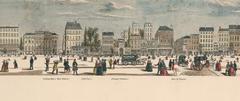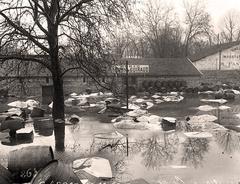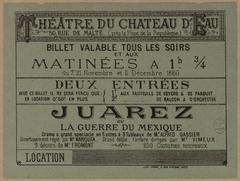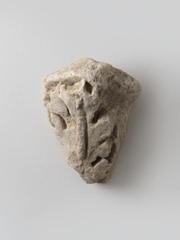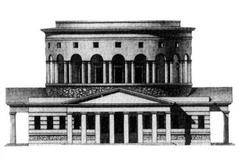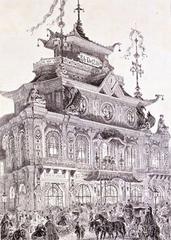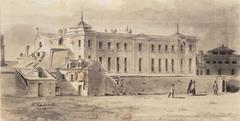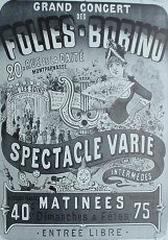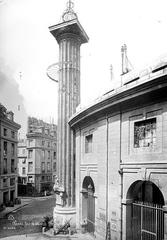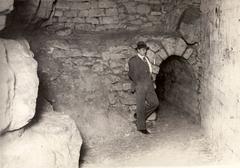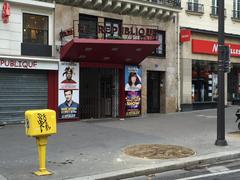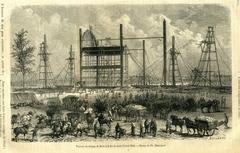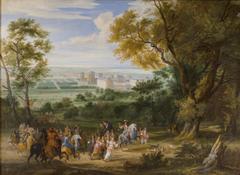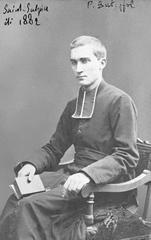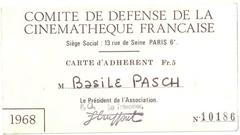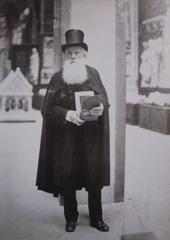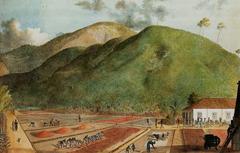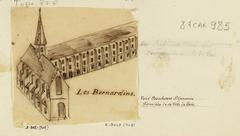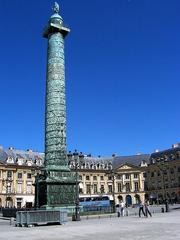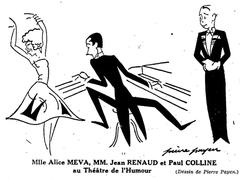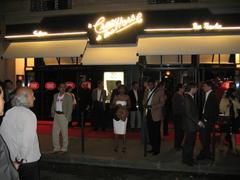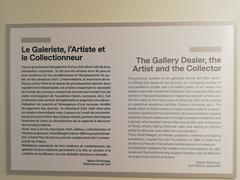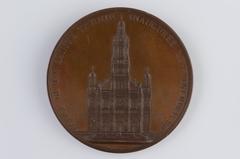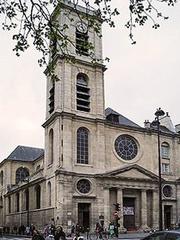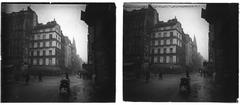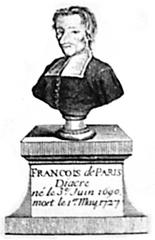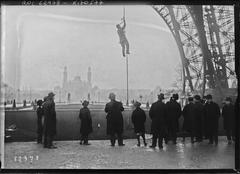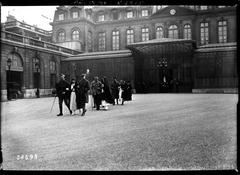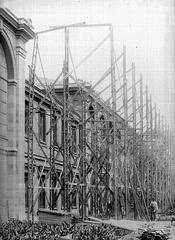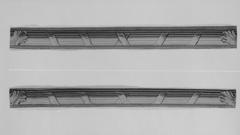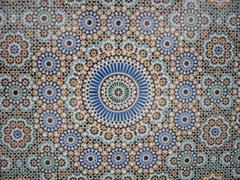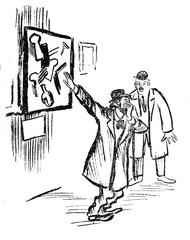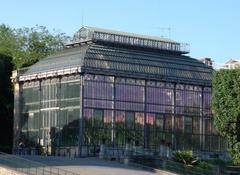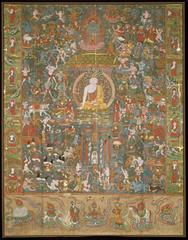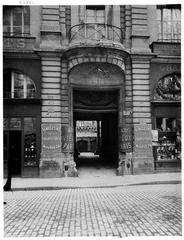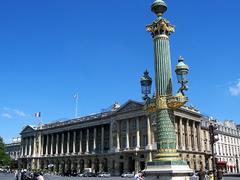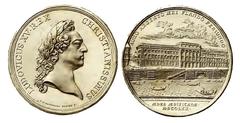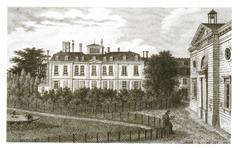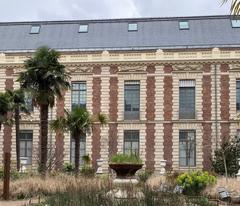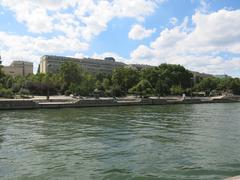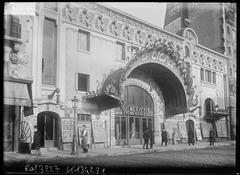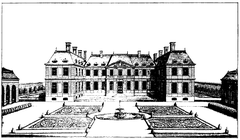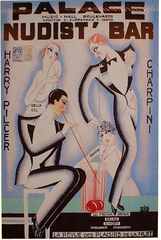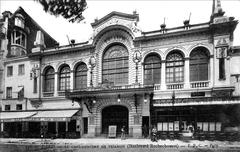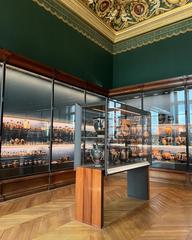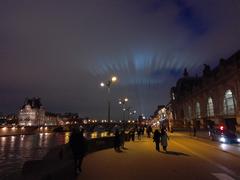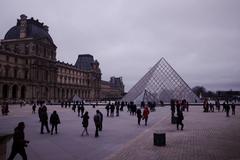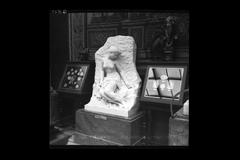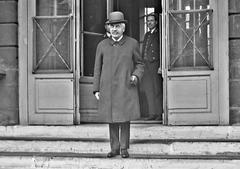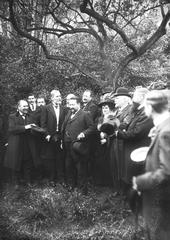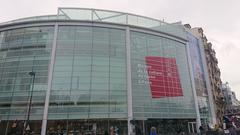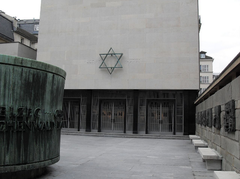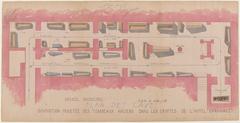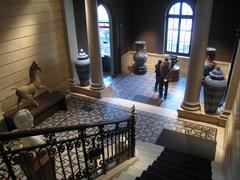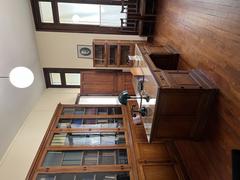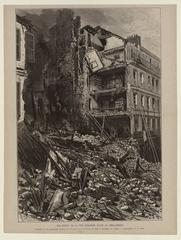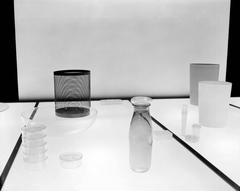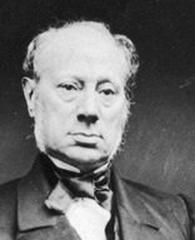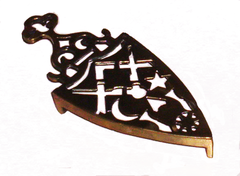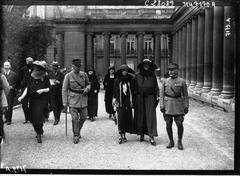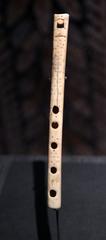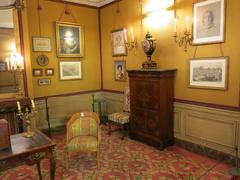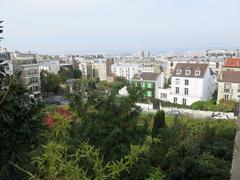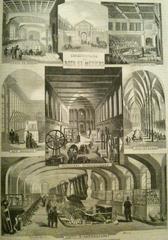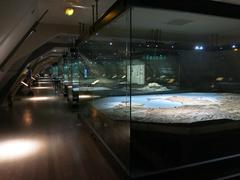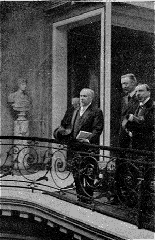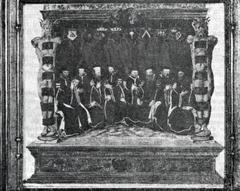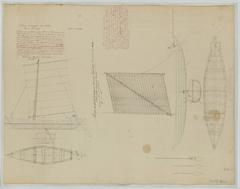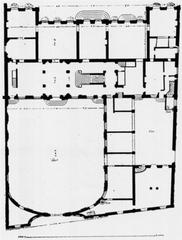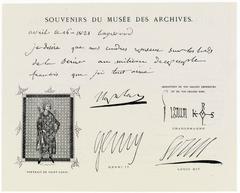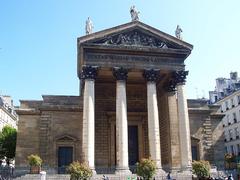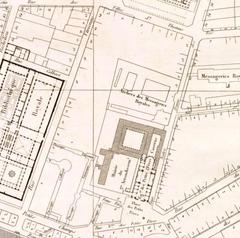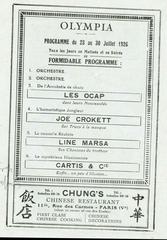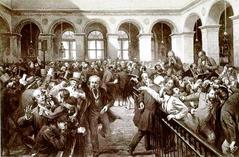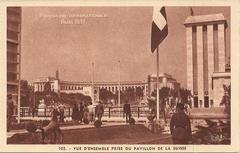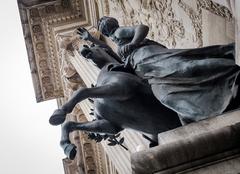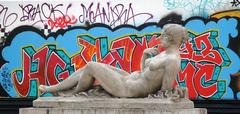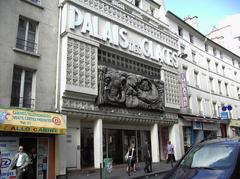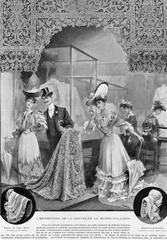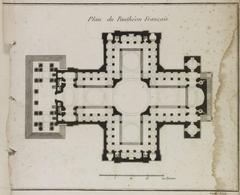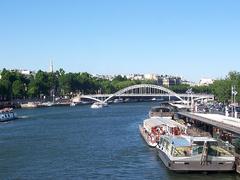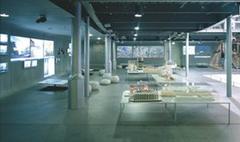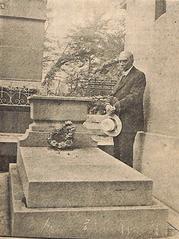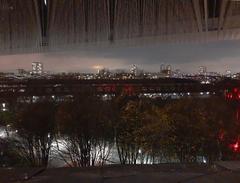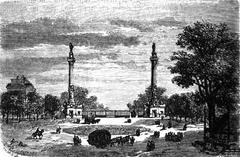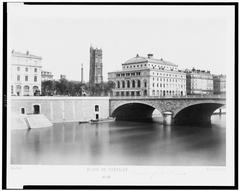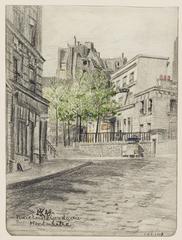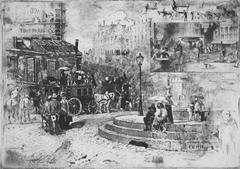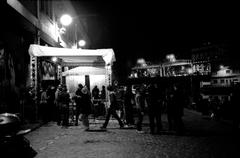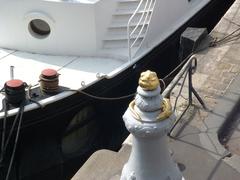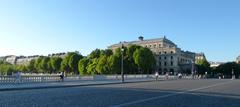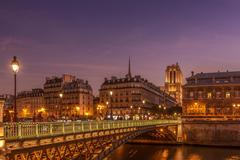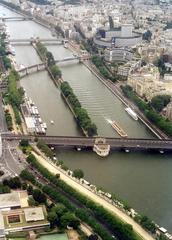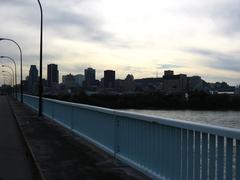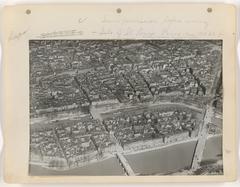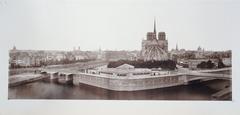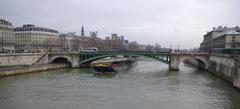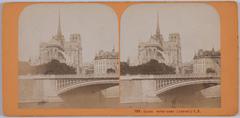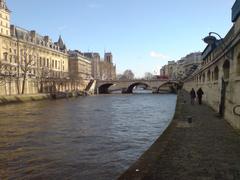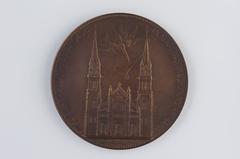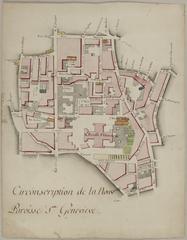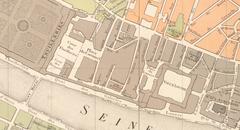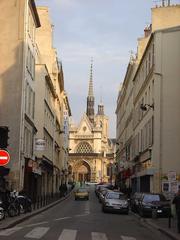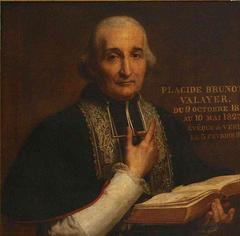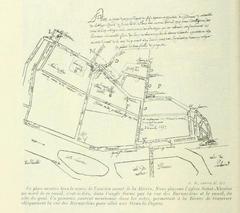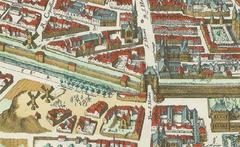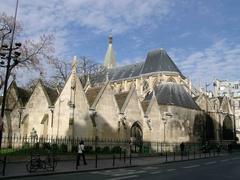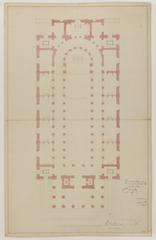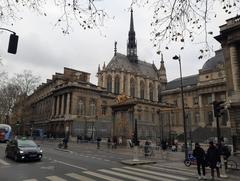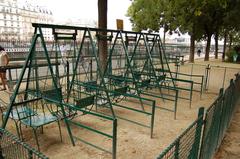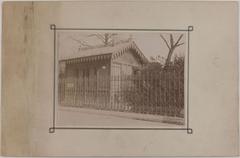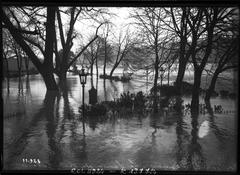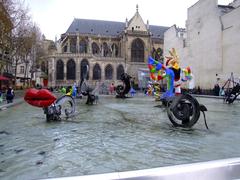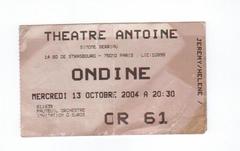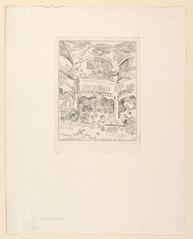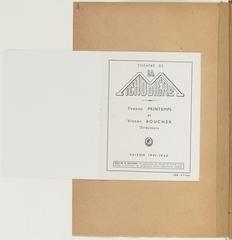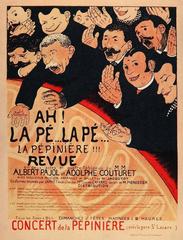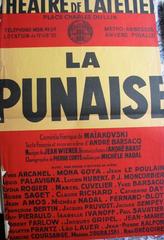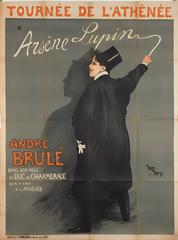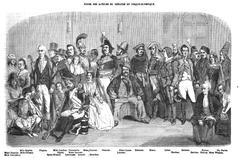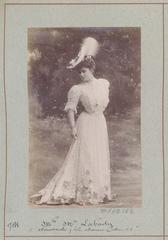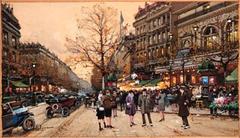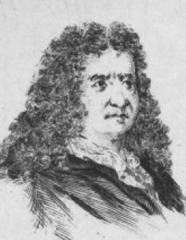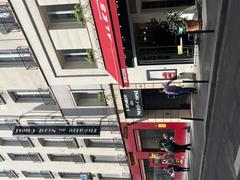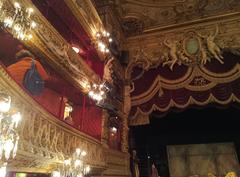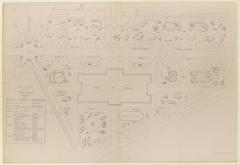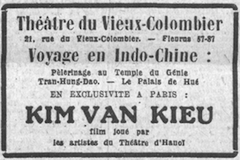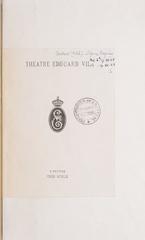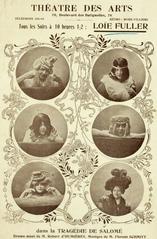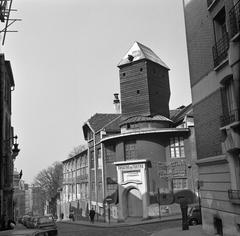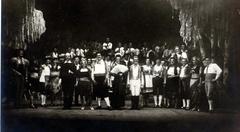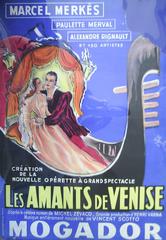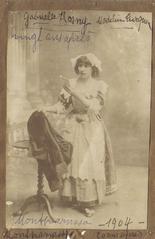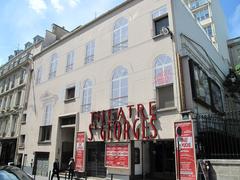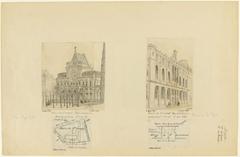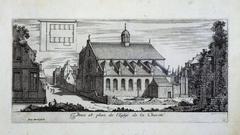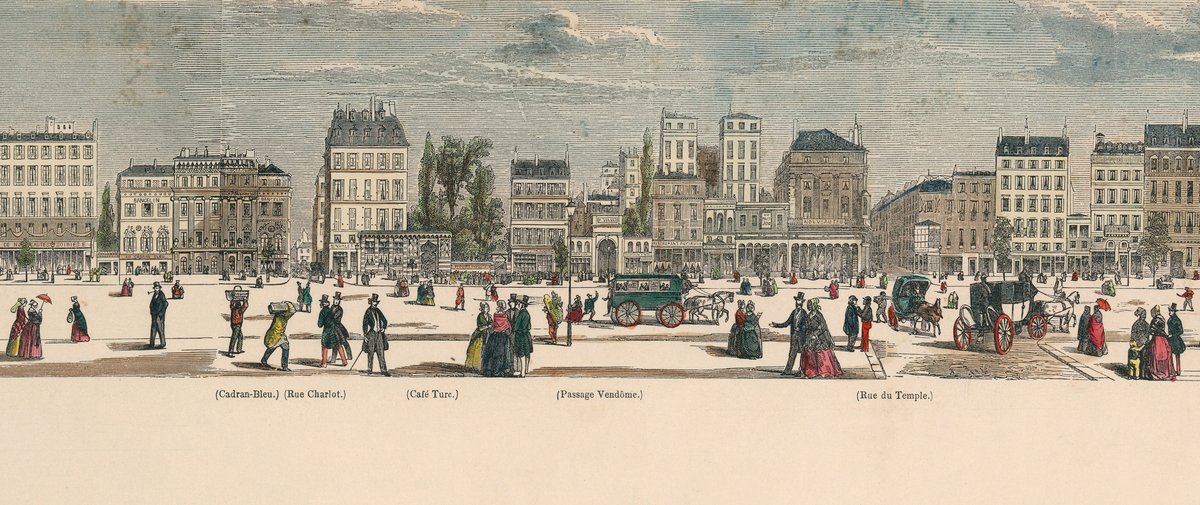
Passage Vendôme Visiting Guide: Hours, Tickets, and Tips
Date: 20/07/2024
Introduction
Passage Vendôme, located in Paris’s 2nd arrondissement, is a historical covered passage that encapsulates the essence of 19th-century Parisian charm while remaining relevant in the modern era. Constructed in 1827, Passage Vendôme is a testament to the city’s architectural ingenuity and urban evolution during the Bourbon Restoration period. The neoclassical design, characterized by elegant ironwork and a glass roof, reflects the architectural trends of the time and sets a precedent for future developments in Paris. Initially conceived to offer Parisians a sheltered shopping experience away from the bustling streets, Passage Vendôme quickly became a commercial and social hub, housing luxury boutiques, cafes, and specialty stores that attracted a diverse clientele (Paris Info).
Over the years, Passage Vendôme has witnessed significant transformations, including periods of decline and subsequent revitalization efforts that have restored its former glory. Today, it stands as a vibrant cultural and commercial landmark, blending historical charm with contemporary amenities. Whether you are a history enthusiast, an architecture aficionado, or a curious traveler, Passage Vendôme offers a unique and enriching experience that captures the essence of Parisian heritage. This comprehensive guide will delve into the passage’s historical context, architectural significance, visitor information, and practical tips to ensure a memorable visit.
Table of Contents
- Introduction
- Origins and Early Development
- Architectural Significance
- Economic and Social Impact
- Decline and Revitalization
- Visitor Information
- Cultural and Historical Significance
- Modern-Day Relevance
- Notable Events and Personalities
- Preservation Efforts
- Visitor Experience
- Travel Tips and Nearby Attractions
- Future Prospects
- Frequently Asked Questions (FAQ)
- Conclusion
- Sources
Origins and Early Development
Passage Vendôme, located in the 2nd arrondissement of Paris, is a historic covered passage that dates back to the early 19th century. The passage was constructed in 1827, during a period when Paris was undergoing significant urban transformation under the influence of the Bourbon Restoration. This era saw the rise of numerous covered passages, which were designed to offer Parisians a sheltered shopping experience away from the bustling streets. The architectural design of Passage Vendôme reflects the neoclassical style prevalent at the time, characterized by its elegant ironwork and glass roofing.
Architectural Significance
The architectural design of Passage Vendôme is a testament to the ingenuity of 19th-century urban planning. The passage features a glass roof supported by intricate iron frameworks, allowing natural light to flood the interior while protecting shoppers from the elements. This design not only enhanced the aesthetic appeal of the passage but also contributed to its functionality. The use of glass and iron was innovative for its time and set a precedent for future architectural developments in Paris. The passage’s design is often compared to other notable covered passages in Paris, such as Passage des Panoramas and Galerie Vivienne, which also feature similar architectural elements.
Economic and Social Impact
During its early years, Passage Vendôme quickly became a hub of commercial activity. The passage housed a variety of shops, including luxury boutiques, cafes, and specialty stores, attracting a diverse clientele. The covered passage offered a unique shopping experience that combined convenience with elegance, making it a popular destination for both locals and tourists. The economic impact of Passage Vendôme extended beyond its immediate vicinity, contributing to the overall commercial vitality of the 2nd arrondissement. The passage also played a significant social role, serving as a meeting place for Parisians and fostering a sense of community.
Decline and Revitalization
Like many historic structures, Passage Vendôme experienced periods of decline. By the mid-20th century, the passage had lost much of its former glory, with many shops closing down and the structure falling into disrepair. However, efforts to revitalize Passage Vendôme began in the late 20th century, driven by a growing appreciation for Paris’s architectural heritage. Restoration projects aimed at preserving the passage’s historical features while modernizing its facilities were undertaken. These efforts have successfully revived Passage Vendôme, restoring it to its former status as a vibrant commercial and cultural hub.
Visitor Information
For those planning to visit Passage Vendôme, here are some essential details:
- Visiting Hours: Passage Vendôme is typically open from 9:00 AM to 8:00 PM, although individual shop hours may vary.
- Tickets: Entry to Passage Vendôme is free. However, some events or exhibitions held within the passage may require tickets.
- Accessibility: The passage is accessible to visitors with reduced mobility. Elevators and ramps are available to ensure a comfortable visit.
Cultural and Historical Significance
Passage Vendôme holds a special place in Paris’s cultural and historical landscape. The passage is not only a testament to the city’s architectural and urban planning achievements but also a symbol of its commercial and social evolution. Over the years, Passage Vendôme has witnessed numerous historical events and changes, reflecting the broader transformations occurring in Paris. The passage’s enduring appeal lies in its ability to blend historical charm with contemporary relevance, making it a cherished landmark for both Parisians and visitors.
Modern-Day Relevance
Today, Passage Vendôme continues to attract visitors with its unique blend of history and modernity. The passage houses a variety of shops, cafes, and galleries, offering a diverse range of products and experiences. The restoration efforts have ensured that the passage retains its historical charm while meeting the needs of contemporary shoppers. Passage Vendôme’s continued relevance is a testament to the successful preservation and adaptation of historical structures in modern urban environments.
Notable Events and Personalities
Throughout its history, Passage Vendôme has been associated with several notable events and personalities. The passage has hosted various cultural events, including art exhibitions and literary gatherings, contributing to its reputation as a cultural hotspot. Additionally, several famous personalities, including writers, artists, and politicians, have frequented Passage Vendôme, adding to its historical allure. The passage’s rich history and cultural significance continue to attract historians, researchers, and tourists interested in exploring Paris’s vibrant past.
Preservation Efforts
The preservation of Passage Vendôme has been a collaborative effort involving various stakeholders, including government agencies, heritage organizations, and private entities. These efforts have focused on maintaining the passage’s architectural integrity while ensuring its functionality for modern use. Restoration projects have included the repair of the glass roof, the refurbishment of ironwork, and the conservation of historical shopfronts. The success of these preservation efforts highlights the importance of protecting and celebrating Paris’s architectural heritage.
Visitor Experience
For visitors, Passage Vendôme offers a unique glimpse into Paris’s rich history and architectural beauty. The passage’s elegant design and historical significance make it a must-visit destination for those interested in exploring the city’s cultural heritage. Visitors can enjoy a leisurely stroll through the passage, admire its architectural features, and explore the various shops and cafes. The passage’s central location in the 2nd arrondissement also makes it easily accessible, adding to its appeal as a tourist destination.
Travel Tips and Nearby Attractions
Travel Tips
- Timing: The passage is open throughout the year, but visiting during weekdays can help avoid the weekend crowds. Early mornings or late afternoons are ideal times to explore the passage at a leisurely pace.
- Shopping: Take your time to explore the various shops and boutiques within the passage. From antique stores to contemporary fashion outlets, there is something for everyone.
- Dining: The passage is home to several cafes and eateries where you can enjoy a meal or a cup of coffee while soaking in the ambiance. Don’t miss the opportunity to try some local delicacies.
- Photography: The architectural beauty of Passage Vendôme makes it a perfect spot for photography. Capture the intricate details of the ironwork, the elegant shopfronts, and the overall atmosphere of the passage.
- Guided Tours: Consider joining a guided tour to learn more about the history and significance of Passage Vendôme. Many tours offer in-depth insights into the architectural and cultural aspects of the passage.
Nearby Attractions
While visiting Passage Vendôme, you can also explore several nearby attractions:
- Place Vendôme: A historic square known for its luxurious hotels and shops, as well as the Vendôme Column.
- Palais Royal: A former royal palace with beautiful gardens and arcades.
- Louvre Museum: One of the world’s largest and most visited museums, home to the Mona Lisa and other masterpieces.
- Jardin des Tuileries: A public garden located between the Louvre Museum and the Place de la Concorde, perfect for a leisurely stroll.
Future Prospects
Looking ahead, Passage Vendôme is poised to continue its legacy as a cherished historical and cultural landmark. Ongoing preservation efforts and adaptive reuse strategies will ensure that the passage remains relevant and vibrant in the years to come. As Paris continues to evolve, Passage Vendôme will undoubtedly play a key role in preserving the city’s architectural and cultural heritage, offering future generations a tangible connection to the past.
Frequently Asked Questions (FAQ)
Q: What are the visiting hours for Passage Vendôme? A: Passage Vendôme is typically open from 9:00 AM to 8:00 PM, although individual shop hours may vary.
Q: Is there an entry fee for Passage Vendôme? A: Entry to Passage Vendôme is free. However, some events or exhibitions held within the passage may require tickets.
Q: Is Passage Vendôme accessible to visitors with reduced mobility? A: Yes, the passage is accessible to visitors with reduced mobility. Elevators and ramps are available to ensure a comfortable visit.
Q: How do I get to Passage Vendôme? A: The nearest metro station is Bourse (Line 3), which is a short walk from Passage Vendôme. The passage is also accessible by various bus routes.
Q: What other attractions are near Passage Vendôme? A: Nearby attractions include Place Vendôme, Palais Royal, the Louvre Museum, and Jardin des Tuileries.
Q: Are there guided tours available for Passage Vendôme? A: Yes, several guided tours are available that offer in-depth insights into the history and architecture of Passage Vendôme. Check local tour operators for availability and scheduling.
Conclusion
Passage Vendôme remains a quintessential part of Paris’s rich cultural and architectural tapestry. Its enduring appeal lies in its ability to harmonize historical charm with modern-day relevance, making it a must-visit destination for anyone exploring the city. The passage’s elegant design, commercial vitality, and social significance offer a unique glimpse into Paris’s past and present. Whether you are drawn to its intricate architectural details, its vibrant shops and cafes, or its storied history, Passage Vendôme promises an immersive experience that resonates with both locals and tourists alike (Paris Info).
As Paris continues to evolve, the preservation and adaptive reuse of historical structures like Passage Vendôme will play a crucial role in maintaining the city’s cultural heritage. Ongoing restoration efforts and community engagement ensure that this iconic passage remains a vibrant and relevant part of Parisian life. For future visitors, Passage Vendôme offers not just a trip through a beautiful architectural space, but a journey through time, capturing the essence of Parisian elegance and charm. Stay updated with the latest events and updates by following Passage Vendôme on social media or visiting official websites. For more travel tips and historical insights, download our mobile app Audiala and explore the rich heritage of Paris.
